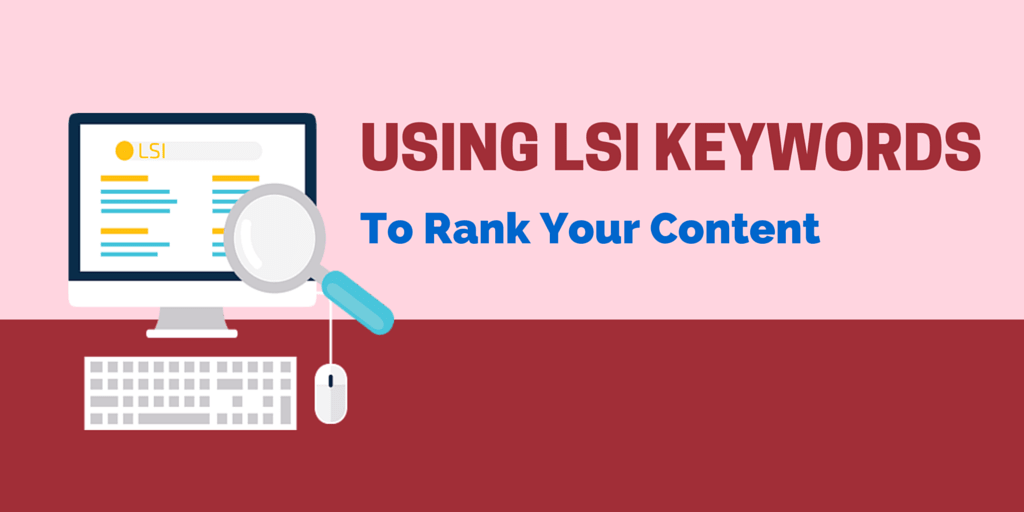Onsite Search Engine Optimisation

Onsite Search Engine Optimisation (SEO) is one of the core components if you want to get your website to the top of the Search Engine Ranking Page (SERP). If you are not sure what SEO is, click here to find out more. Onsite SEO refers to the editing of content and format of your website so that it is clear to Google what you are trying to rank for. This means editing meta tags such as titles, descriptions and even forming articles that articulate the meaning behind your websites. In this article, we will discuss what are the different components to onsite SEO and how you can better optimise your website. While doing Onsite SEO will not guarantee a first page ranking on Google, at least you are taking small steps to eventually get there.
Title & Description Tags
Many things have changed since the inception of search engines, in the past, keyword tags were just as important. That was until people started abusing it and keywords stuffing their websites. As a result, Google has made changes and now makes little to no emphasis on keyword tags. However, title and description tags are just as important as ever. Title tags allow the user to know what the website page is about at a single glance. As such, it should contain a phrase that best describes what the page is about. Description tags are very similar in this case, it should contain a sentence about what the article is about. The importance of these two tags extend to searches on google where all results display both the title and description tags. If you are using WordPress or other website builders, it should be relatively easy to change these information, however, if you are coding it directly, you might want to use the example below.
Example of a title tag html should be like this in the <head> section:
<title> How to gain weight </title>
Example of description tags also in the <head> section:
<meta name=”description” content=”Learn the different techniques used by millions on how to gain weight”>
URL
Making an effort to change the URL to best describe the page is the best thing you can do for your website, not only does it make it easier for users to type in the URL if they need to, it also helps the search engines to identify if the page url has any link to related pages. Most websites builders or even wordpress has a tendency to set the URL to the date it was published. If that’s the case, head to settings>permalinks and change the common settings to post name.
Picture tagging
Just like your pages, picture tagging is just as important. Google contributes over 2 trillion searches annually and a large percentage of this comes from image searches. Picture tagging refers to naming each picture that has been uploaded and also adding an alt text to the picture. This helps the picture to rank on Google images which could bring visitors to your website. Of course if you are uploading pictures, make sure each picture has been optimised in terms of size. This ensure that your website loads quickly and does not become a burden to someone else’s data.
Website Speed Optimisation
In recent years, Google has been emphasising on Site speed and how it affects users throughout the desktop and mobile platform. With such reiterations from Google, it is likely that speed will become a huge factor on the search engines. In Google’s ThinkwithGoogle site, they estimate that for each second of wait, you lose an estimated 10% of visitors. While this might be an exaggeration, I can’t remember how many times i have pressed back just because I waited more than 3 seconds for a website to load. For more information, click here to find out how to better optimise your website’s loading speed.
Content

I’ve left the most important for last. Content. As the saying goes, “Content is king” and this cannot be understated. Content is the one key force that drives visitors to your website and allows hem to learn, engage and also share. Thus, it is important for your website in it’s own niche to be the industry leader by sharing applicable content for its own visitors. This is why so many corporations also have a blog to ensure their website remains updated with its users and also to stay relevant to Google.
The content you create should also be unique. If it isn’t, come up with a different view or even value add to existing articles in the search engines. The content you create should also have a substantial length. For a start, aim at above 300 words.
LSI Keywords

In addition with the content that you create, you should also use Latent Semantic Indexing keywords. LSI is a method to identify the relationships between keywords and concepts, this allows your website to rank for multiple keywords instead of just a single keyword. For a start, using a thesaurus dictionary will help you find these LSI keywords to better rank your site.
Conclusion
While there are many other methods that you can use to better your onsite SEO, these methods stated above are the most basic and effective to date. It is important to conduct a good onsite seo audit before you carry on with offsite SEO to build a good foundation.

Leave a Reply
Want to join the discussion?Feel free to contribute!